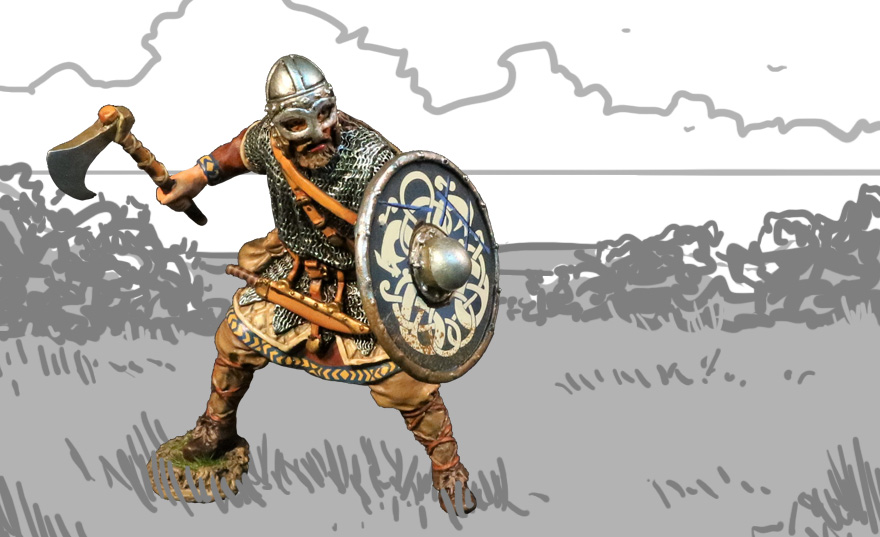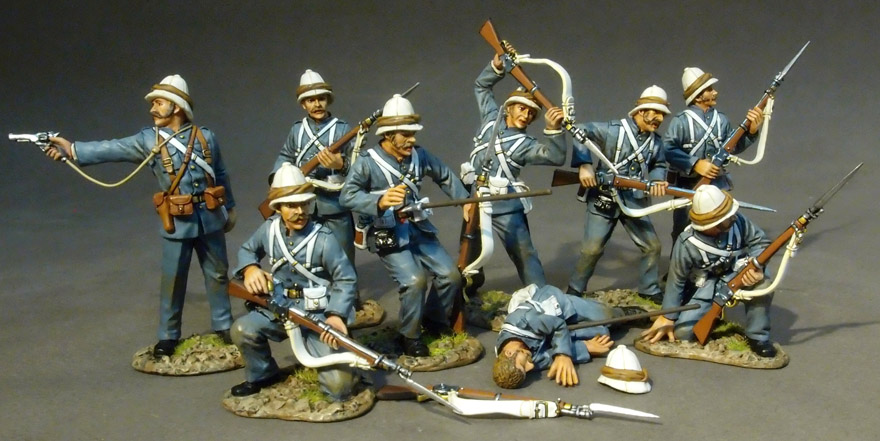The Next Level of Bases
Since its creation in 2006, John Jenkins Designs products have evolved a lot. They increased in quality and details. One of the features that often goes under the radar is the base design. With the recent release of the JJ-VIK-34B - Viking Warrior, maybe it would be a good time to talk about bases.
When John Jenkins produced his first figures, the bases under them were very classic in their approach. These were a more or less oval shape all around the figure, a bit like we see everywhere else in the world of the average toy soldier. They had nothing extraordinary and were doing a good job as they were keeping the figures quite stable. Plus, those large bases were useful to keep the spacing between soldiers roughly even. This was a useful feature as most of the pieces in those days were about troops fighting in line formation.
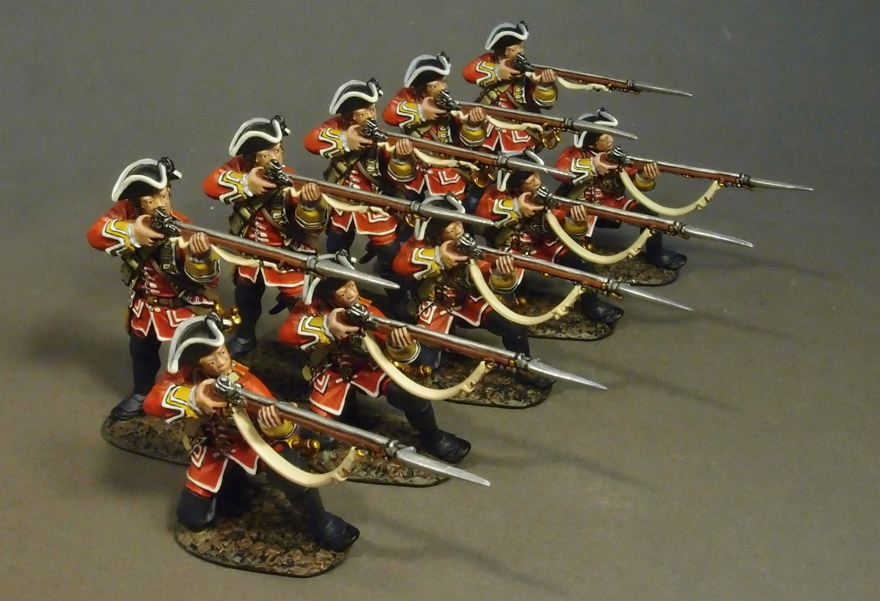
A line of retired JJ-QB-22. Notice how broad the bases are.
Eventually, something happened somewhere during the mid 2010’s. Not only did many bases gain model grass cover, but their global shape started to change. With the time, many collections involving close combat figures saw their bases reduced so that toy soldiers could properly fight together. This change came with the release of many collections involving close combat such as the Conquest of America and the War of the Roses. It was not much at first, with slightly reduced width and minimal ablations here and there but it was already making a difference. I noticed that when I was playing with my own Anglo-Sudan collection and compared the 2016 Royal Marines to the old ones. It was far much easier to create a compact mass of troops than before and to join them with the 2016 Madhists with swords.
The 2016 Royal Marines with their slightly reduced bases covered with grass.
It was also during those years that some weird experimentations were done. Some might remember the JJ-CAN-04 - 2 x Kneeling, Firing and Loading set. The figures were designed without a base to go inside a canoe, but could also be displayed on land by adding extra bases under them. This was sweet to keep visual continuity within the collection, but this was not mandatory as those pieces were quite stable on their own.
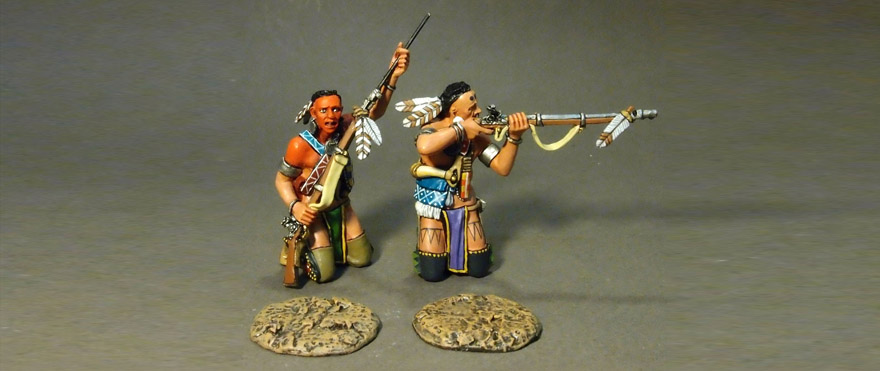
The JJ-CAN-04 and their two spots of dirt.
With time, John Jenkins really refined the art of dosing the bases. In parallel, his vision of a collection seems also to have changed. Individual pieces are now seen as parts of a whole, creating a mass of interlocked warriors. The most impressive examples of this are probably within the Age of Arthur collection, with the Saxons and Vikings. When looking at the promotional images, the individual figures are almost invisible and they truly merge as one massive group.
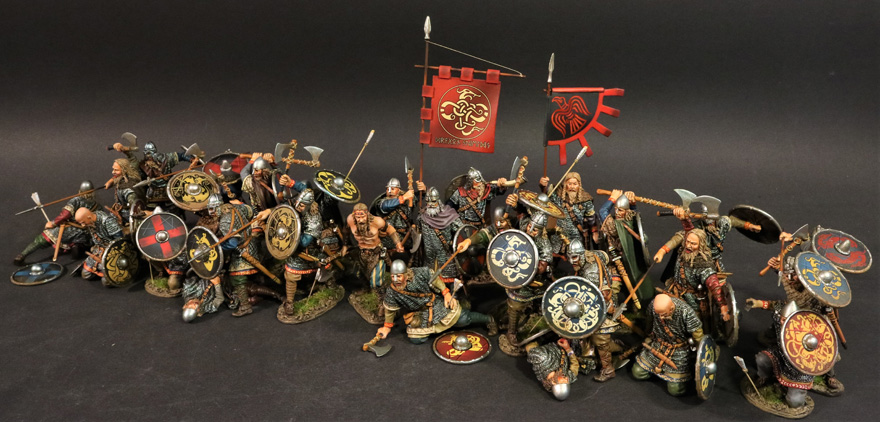
Look at this image. Do you see individual toy soldiers or an army?
Reducing the bases to a minimum is something really hard to balance. The soldier needs to be stable despite all the reductions. With the JJ-VIK-34B - Viking Warrior, John Jenkins brings this science to its limit. If we don’t consider figures without any base, this is the most minimalist base he has ever produced. Only one of the feet is touching the base while the other stands directly on the ground.
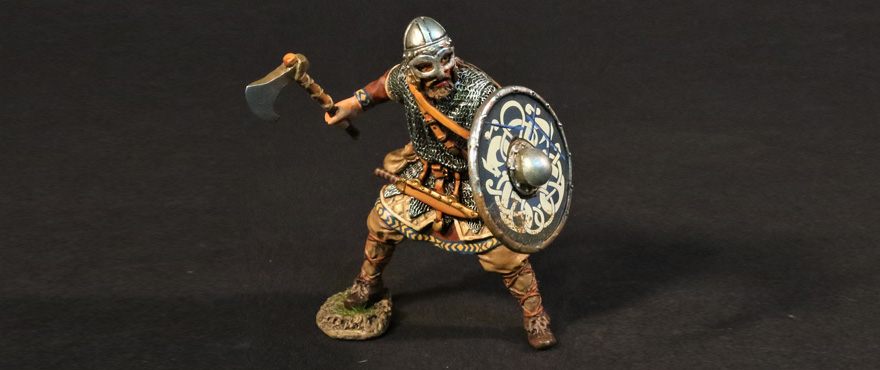
This is not much, but this is enough to keep the JJ-VIK-34B stable.
This baseless space gives room under the figure to get it interlocked easily with other toy soldiers. The minimalist base that was created for that piece, despite its small size, is in the same dirt and grass style as all the other bases from this collection.
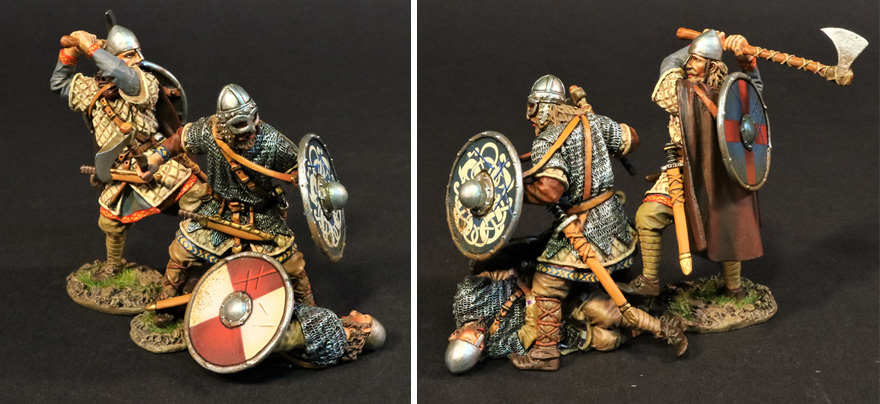
The JJ-VIK-34B with the JJ-VIK-33B and JJ-VIK-32B looking almost like one big vignette.
The rest of the JJ-VIK-34B is quite normal and representative of this collection. It’s a beautiful viking armed with an axe. The high quality equipment he carries (hauberk and sturdy helmet) suggest a certain social standing while not being at the top. The figure was produced in two colors named JJ-VIK-34A and JJ-VIK-34B. Nevertheless, this viking is still a new milestone in the experiments of John Jenkins.
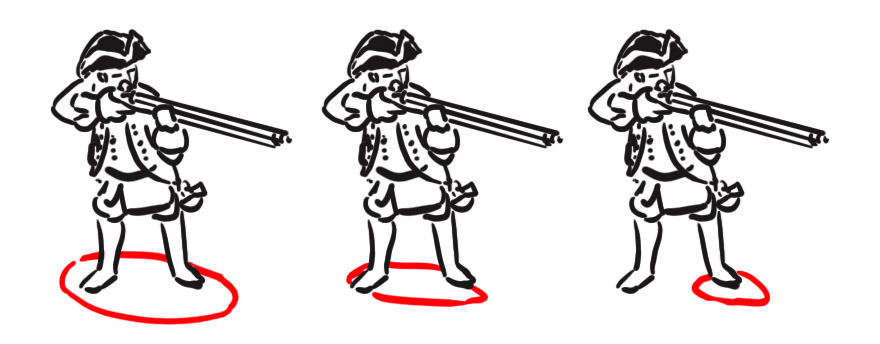
A very simplified evolution of the bases on John Jenkins products.
Experimenting with bases is not uncommon in the world of toy soldiers. Here are just two other bases worth mentioning. On the left, the weird shaped base of the ROM114 by First Legion. This figure was designed to be part of a complexe testudo formation with figures interlocked with excessively complicated bases. On the right, a more simple solution often used by King and Country is to stabilize the figure by adding an element on the ground. In the case of the BB067, an ammo box does the job, but it forces this tank commander to always be with an ammo box.
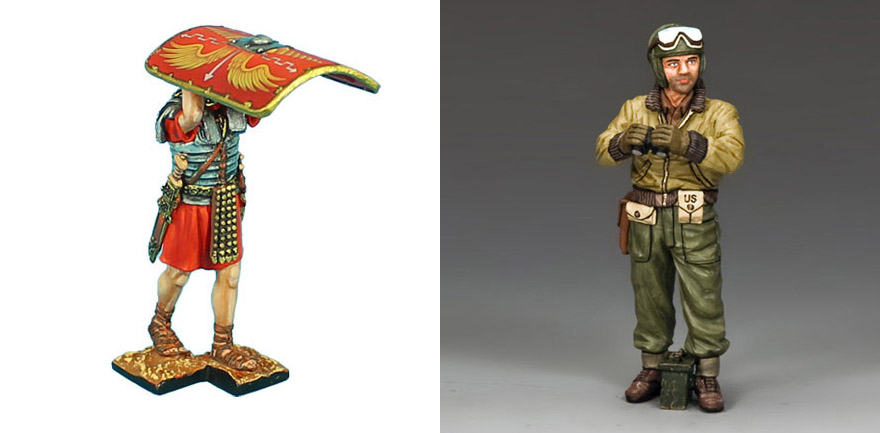
The ROM114 by First Legion and the BBA067 by King and Country. Both are now retired.
To conclude, things changed a lot in the bases of John Jenkins Design. This seems to have evolved from a more global vision of the collection and the necessity of bringing the pieces closer for better combat scenes. As long as the resulting figures are stale, this is a very enjoyable thing for collectors as it gives much more possibilities. I’m now curious about one thing: What is the weirdest base in your collection?

 Français
Français
